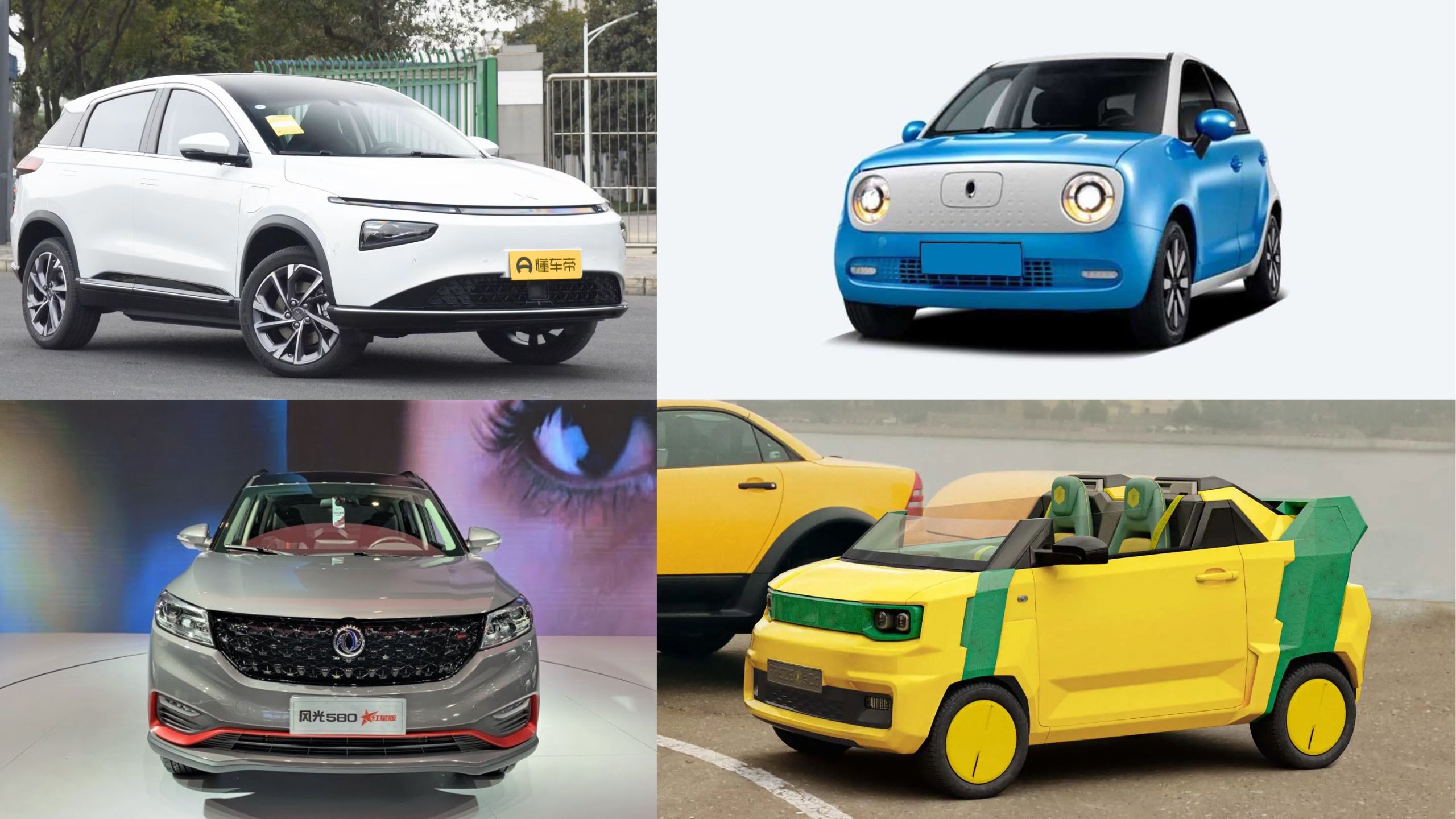Electric vehicles (EVs) have gained popularity for their environmental benefits and advanced technology.
However, not all EVs perform equally well in crash tests. Some models have received poor ratings, raising concerns about their safety in the event of an accident.
This article examines ten electric vehicles with the worst crash ratings, highlighting the importance of considering safety alongside environmental impact when choosing an EV.
By understanding these ratings, consumers can make informed decisions and prioritize their safety on the road.
1. G3 Electric SUV (2020-2021)
The G3 Electric SUV, produced from 2020 to 2021, is a compact electric vehicle designed for urban commuting.
It features a modern design, a spacious interior, and a range of advanced technologies. The G3 is powered by an electric motor that delivers a respectable range on a single charge, making it an appealing choice for eco-conscious drivers.
However, the G3 faced significant challenges when it came to safety. During crash tests conducted by various safety organizations, the G3 Electric SUV received poor ratings.
The vehicle’s structure showed significant weaknesses in protecting occupants during frontal and side-impact collisions.
In frontal crash tests, the G3’s front-end deformation compromised the integrity of the safety cage, leading to a high risk of injury for the driver and passengers.
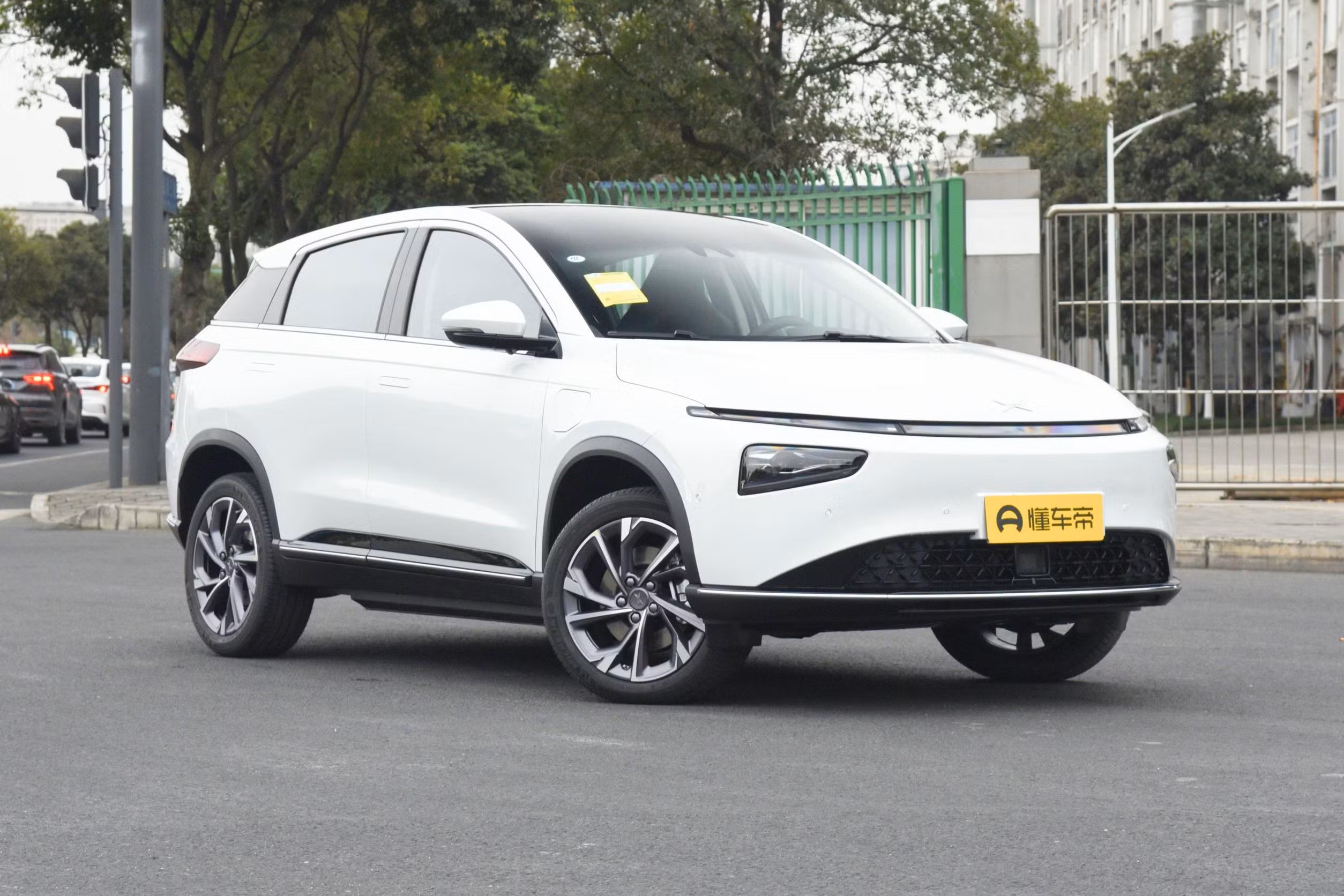
Similarly, in side-impact tests, the vehicle’s side panels failed to provide adequate protection, resulting in significant intrusion into the cabin.
One of the major concerns highlighted during the crash tests was the vehicle’s battery safety. The G3’s battery pack, located beneath the floor, showed vulnerability to damage during collisions.
This raised concerns about potential battery fires, which could pose serious risks to occupants and first responders.
Additionally, the G3 lacked advanced safety features such as autonomous emergency braking and lane-keeping assist, further diminishing its safety profile.
In response to these safety concerns, the manufacturer made efforts to improve the vehicle’s structural integrity and enhance its safety features in subsequent models.
However, the G3 Electric SUV from 2020 to 2021 serves as a reminder of the importance of thorough safety evaluations and the need for continuous improvement in vehicle design.
2. ORA Black Cat (2020)
The ORA Black Cat, introduced in 2020, is a compact electric vehicle designed for urban commuting.
With its retro-inspired design and compact dimensions, the Black Cat quickly gained popularity among city dwellers looking for an eco-friendly and stylish ride.
The vehicle is powered by an electric motor that provides a modest range on a single charge, making it ideal for short trips and daily commuting.
However, the Black Cat faced significant safety challenges during crash tests. In crash tests conducted by various safety organizations, the ORA Black Cat received poor ratings.
The vehicle’s structure showed significant weaknesses in protecting occupants during frontal and side-impact collisions.
In frontal crash tests, the Black Cat’s front-end deformation compromised the integrity of the safety cage, leading to a high risk of injury for the driver and passengers.
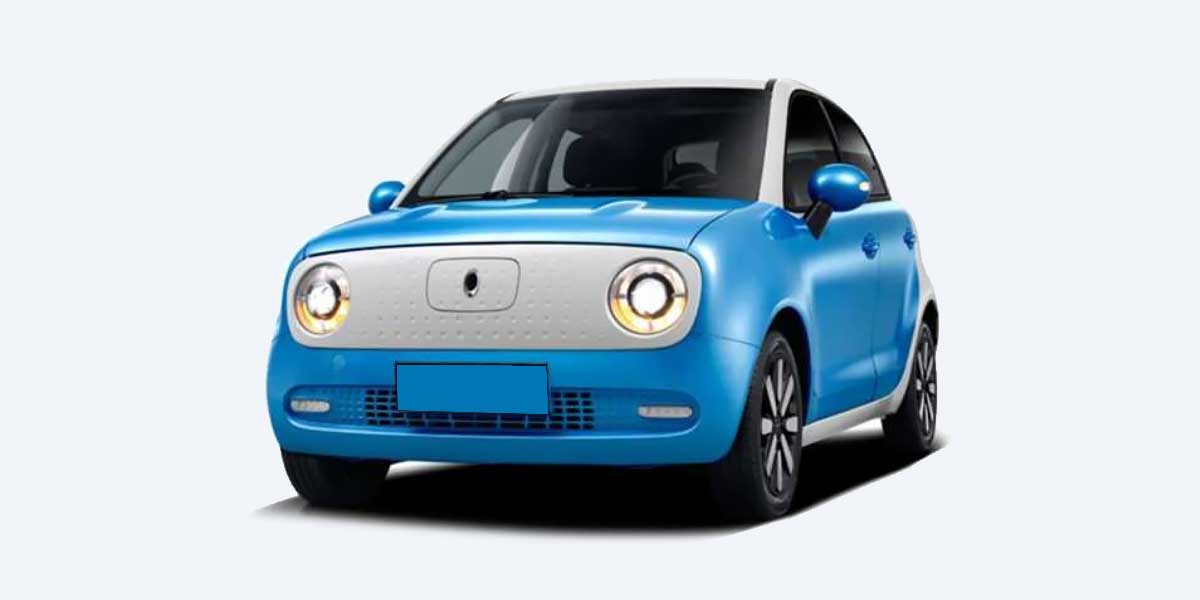
Similarly, in side-impact tests, the vehicle’s side panels failed to provide adequate protection, resulting in significant intrusion into the cabin.
One of the major concerns highlighted during the crash tests was the lack of advanced safety features in the Black Cat.
The vehicle did not come equipped with autonomous emergency braking, lane-keeping assist, or other advanced driver assistance systems (ADAS) that are commonly found in modern vehicles.
This lack of safety features further diminished the Black Cat’s safety profile. In response to these safety concerns, the manufacturer made efforts to improve the vehicle’s structural integrity and enhance its safety features in subsequent models.
However, the ORA Black Cat from 2020 serves as a reminder of the importance of thorough safety evaluations and the need for continuous improvement in vehicle design.
3. Geometry C (2021)
The Geometry C, introduced in 2021, is a compact electric vehicle designed to offer an eco-friendly and modern driving experience.
With its sleek design, spacious interior, and advanced technologies, the Geometry C aimed to attract urban commuters and eco-conscious drivers.
The vehicle is powered by an electric motor that delivers a respectable range on a single charge, making it a practical choice for daily commuting.
However, Geometry C faced significant challenges when it came to safety. During crash tests conducted by various safety organizations, Geometry C received poor ratings.
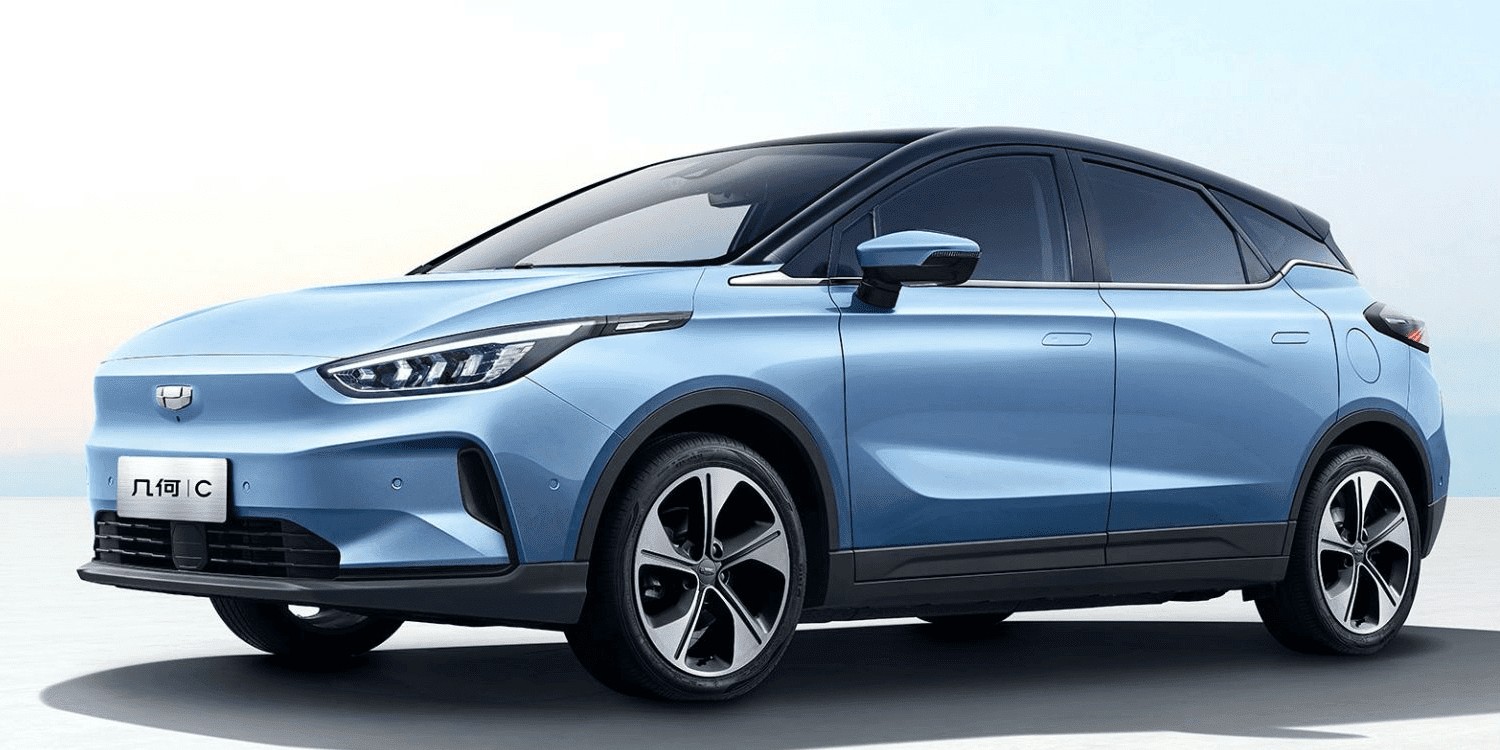
The vehicle’s structure showed significant weaknesses in protecting occupants during frontal and side-impact collisions.
In frontal crash tests, the Geometry C’s front-end deformation compromised the integrity of the safety cage, leading to a high risk of injury for the driver and passengers.
Similarly, in side-impact tests, the vehicle’s side panels failed to provide adequate protection, resulting in significant intrusion into the cabin.
One of the major concerns highlighted during the crash tests was the vehicle’s battery safety. The Geometry C’s battery pack, located beneath the floor, showed vulnerability to damage during collisions.
This raised concerns about potential battery fires, which could pose serious risks to occupants and first responders.
Additionally, the Geometry C lacked advanced safety features such as autonomous emergency braking and lane-keeping assist, further diminishing its safety profile.
In response to these safety concerns, the manufacturer made efforts to improve the vehicle’s structural integrity and enhance its safety features in subsequent models.
However, the Geometry C from 2021 serves as a reminder of the importance of thorough safety evaluations and the need for continuous improvement in vehicle design.
4. Dartz Freze Froggy (2022)
The Dartz Freze Froggy, introduced in 2022, is a compact electric vehicle with a unique and quirky design.
Marketed as an affordable and eco-friendly option for urban commuters, the Freze Froggy aimed to appeal to young drivers and city dwellers.
The vehicle is powered by an electric motor that provides a modest range on a single charge, making it suitable for short trips and daily commuting.
However, the Freze Froggy faced significant safety challenges during crash tests. In crash tests conducted by various safety organizations, the Dartz Freze Froggy received poor ratings.
The vehicle’s structure showed significant weaknesses in protecting occupants during frontal and side-impact collisions.
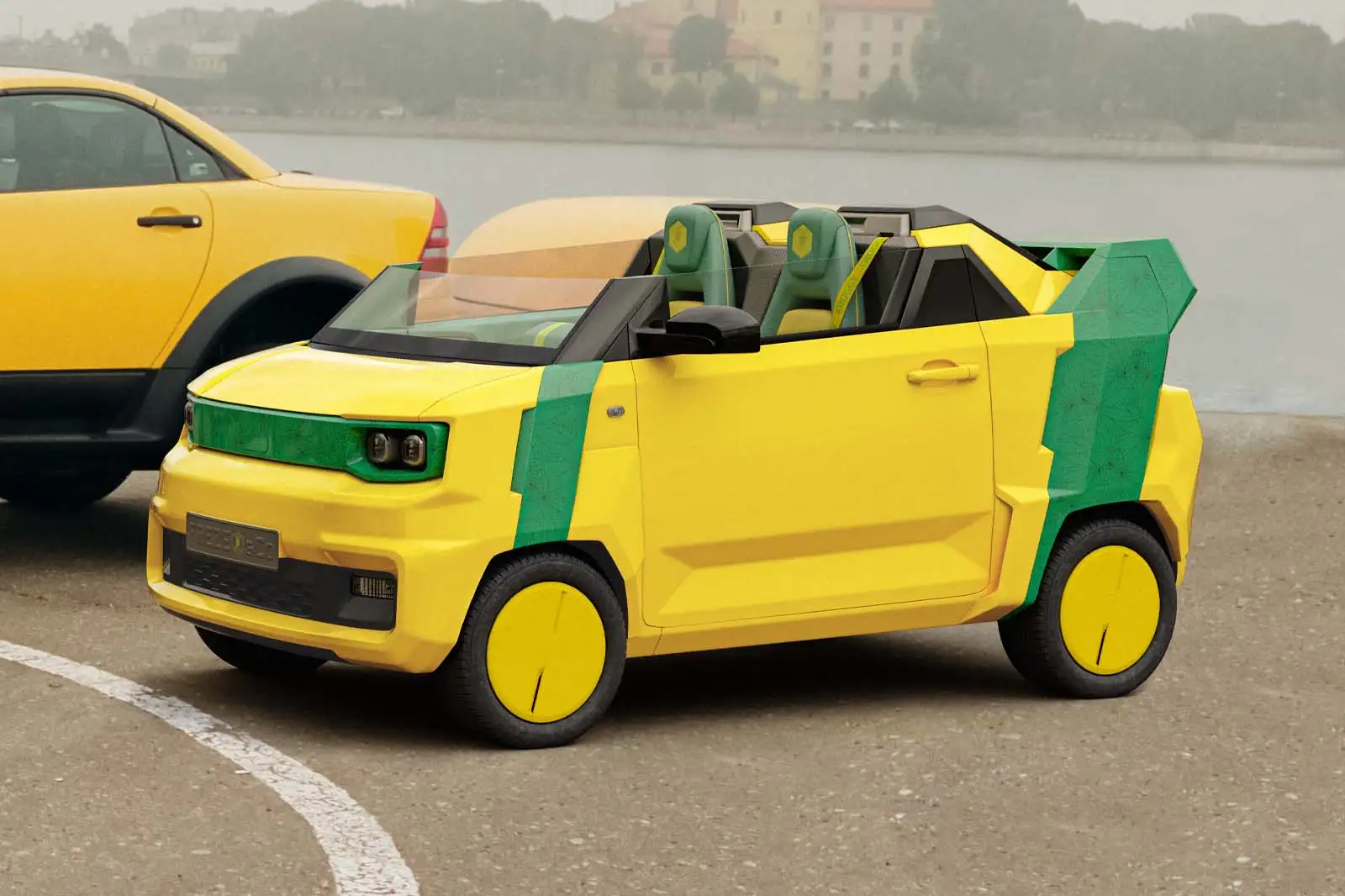
In frontal crash tests, the Freze Froggy’s front-end deformation compromised the integrity of the safety cage, leading to a high risk of injury for the driver and passengers.
Similarly, in side-impact tests, the vehicle’s side panels failed to provide adequate protection, resulting in significant intrusion into the cabin.
One of the major concerns highlighted during the crash tests was the lack of advanced safety features in the Freze Froggy.
The vehicle did not come equipped with autonomous emergency braking, lane-keeping assist, or other advanced driver assistance systems (ADAS) that are commonly found in modern vehicles.
This lack of safety features further diminished the Freze Froggy’s safety profile. In response to these safety concerns, the manufacturer made efforts to improve the vehicle’s structural integrity and enhance its safety features in subsequent models.
However, the Dartz Freze Froggy from 2022 serves as a reminder of the importance of thorough safety evaluations and the need for continuous improvement in vehicle design.
Also Read: 12 Cars With Insane Turbocharged Power Designed To Break Speed Records
5. DFSK Glory E3 (2021)
The DFSK Glory E3, introduced in 2021, is a compact electric SUV designed to offer a blend of practicality and eco-friendliness.
With its modern design, spacious interior, and advanced technologies, the Glory E3 aimed to attract families and urban commuters.
The vehicle is powered by an electric motor that delivers a respectable range on a single charge, making it a practical choice for daily commuting and family trips.
However, the Glory E3 faced significant challenges when it came to safety. During crash tests conducted by various safety organizations, the DFSK Glory E3 received poor ratings.
The vehicle’s structure showed significant weaknesses in protecting occupants during frontal and side-impact collisions.
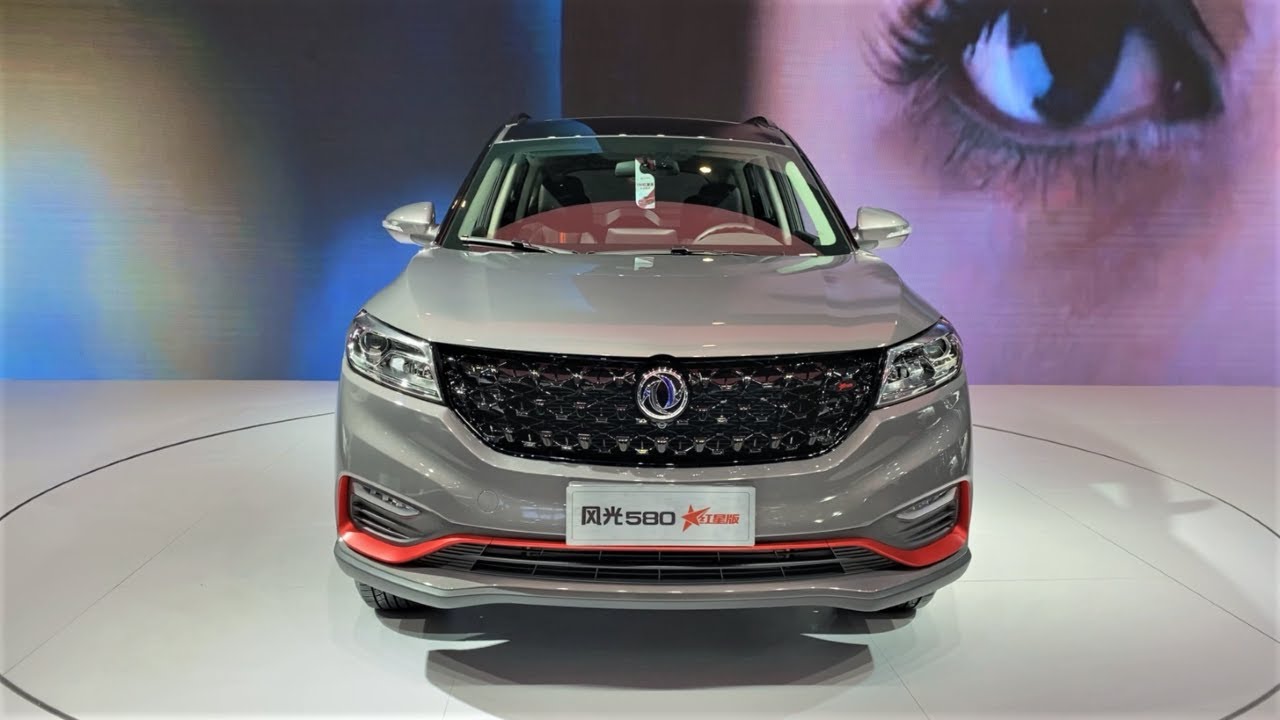
In frontal crash tests, the Glory E3’s front-end deformation compromised the integrity of the safety cage, leading to a high risk of injury for the driver and passengers.
Similarly, in side-impact tests, the vehicle’s side panels failed to provide adequate protection, resulting in significant intrusion into the cabin.
One of the major concerns highlighted during the crash tests was the vehicle’s battery safety. The Glory E3’s battery pack, located beneath the floor, showed vulnerability to damage during collisions.
This raised concerns about potential battery fires, which could pose serious risks to occupants and first responders.
Additionally, the Glory E3 lacked advanced safety features such as autonomous emergency braking and lane-keeping assist, further diminishing its safety profile.
In response to these safety concerns, the manufacturer made efforts to improve the vehicle’s structural integrity and enhance its safety features in subsequent models.
However, the DFSK Glory E3 from 2021 serves as a reminder of the importance of thorough safety evaluations and the need for continuous improvement in vehicle design.
6. BYD e2 (2020)
The BYD e2, introduced in 2020, is a compact electric vehicle designed for urban commuting and daily driving.
With its sleek design, efficient electric drivetrain, and advanced technologies, the BYD e2 aimed to provide an eco-friendly and practical solution for city dwellers.
The vehicle is powered by an electric motor that delivers a respectable range on a single charge, making it suitable for short trips and daily commuting.
However, the BYD e2 faced significant safety challenges during crash tests. In crash tests conducted by various safety organizations, the BYD e2 received poor ratings.
The vehicle’s structure showed significant weaknesses in protecting occupants during frontal and side-impact collisions.
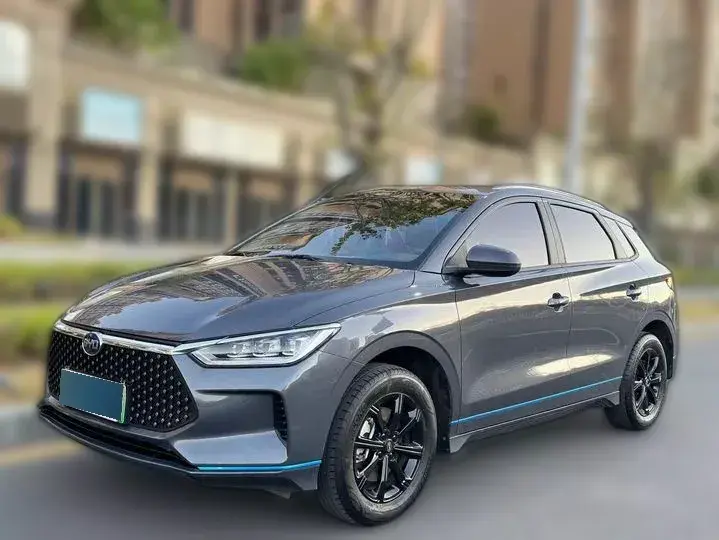
In frontal crash tests, the BYD e2’s front-end deformation compromised the integrity of the safety cage, leading to a high risk of injury for the driver and passengers.
Similarly, in side-impact tests, the vehicle’s side panels failed to provide adequate protection, resulting in significant intrusion into the cabin.
One of the major concerns highlighted during the crash tests was the vehicle’s battery safety. The BYD e2’s battery pack, located beneath the floor, showed vulnerability to damage during collisions.
This raised concerns about potential battery fires, which could pose serious risks to occupants and first responders.
Additionally, the BYD e2 lacked advanced safety features such as autonomous emergency braking and lane-keeping assist, further diminishing its safety profile.
In response to these safety concerns, the manufacturer made efforts to improve the vehicle’s structural integrity and enhance its safety features in subsequent models.
However, the BYD e2 from 2020 serves as a reminder of the importance of thorough safety evaluations and the need for continuous improvement in vehicle design.
7. Leapmotor T03 (2021)
The Leapmotor T03, introduced in 2021, is a compact electric vehicle designed to offer an affordable and eco-friendly option for urban commuting.
With its modern design, compact dimensions, and efficient electric drivetrain, the T03 aimed to attract city dwellers and young drivers.
The vehicle is powered by an electric motor that provides a modest range on a single charge, making it suitable for short trips and daily commuting.
However, the T03 faced significant safety challenges during crash tests. In crash tests conducted by various safety organizations, the Leapmotor T03 received poor ratings.
The vehicle’s structure showed significant weaknesses in protecting occupants during frontal and side-impact collisions.
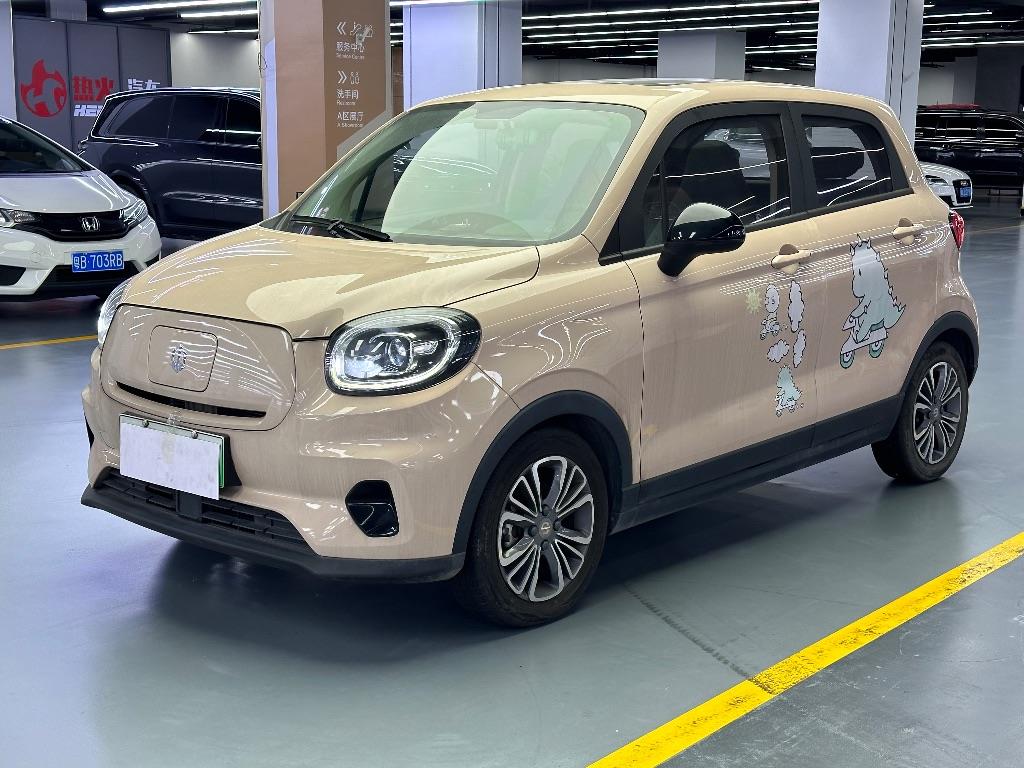
In frontal crash tests, the T03’s front-end deformation compromised the integrity of the safety cage, leading to a high risk of injury for the driver and passengers.
Similarly, in side-impact tests, the vehicle’s side panels failed to provide adequate protection, resulting in significant intrusion into the cabin.
One of the major concerns highlighted during the crash tests was the vehicle’s battery safety. The T03’s battery pack, located beneath the floor, showed vulnerability to damage during collisions.
This raised concerns about potential battery fires, which could pose serious risks to occupants and first responders.
Additionally, the T03 lacked advanced safety features such as autonomous emergency braking and lane-keeping assist, further diminishing its safety profile.
In response to these safety concerns, the manufacturer made efforts to improve the vehicle’s structural integrity and enhance its safety features in subsequent models.
However, the Leapmotor T03 from 2021 serves as a reminder of the importance of thorough safety evaluations and the need for continuous improvement in vehicle design.
8. JAC iEV7L (2020)
The JAC iEV7L, introduced in 2020, is a compact electric sedan designed for urban commuting and daily driving.
With its sleek design, efficient electric drivetrain, and advanced technologies, the iEV7L aimed to provide an eco-friendly and practical solution for city dwellers.
The vehicle is powered by an electric motor that delivers a respectable range on a single charge, making it suitable for short trips and daily commuting.
However, the iEV7L faced significant safety challenges during crash tests. In crash tests conducted by various safety organizations, the JAC iEV7L received poor ratings.
The vehicle’s structure showed significant weaknesses in protecting occupants during frontal and side-impact collisions.
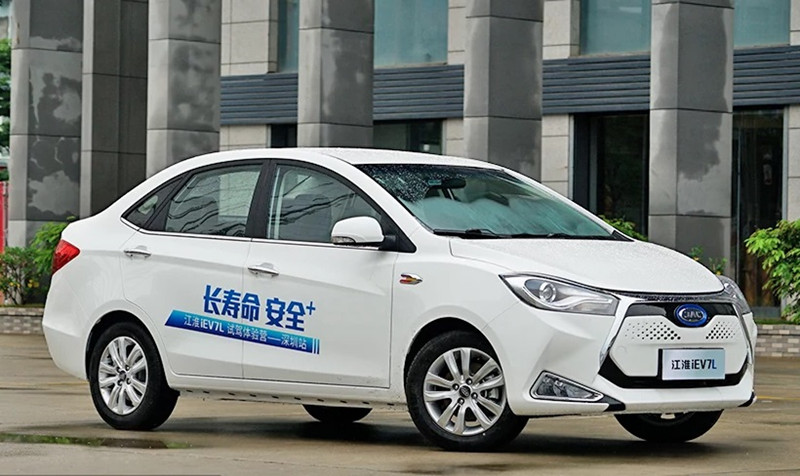
In frontal crash tests, the iEV7L’s front-end deformation compromised the integrity of the safety cage, leading to a high risk of injury for the driver and passengers.
Similarly, in side-impact tests, the vehicle’s side panels failed to provide adequate protection, resulting in significant intrusion into the cabin.
One of the major concerns highlighted during the crash tests was the vehicle’s battery safety. The iEV7L’s battery pack, located beneath the floor, showed vulnerability to damage during collisions.
This raised concerns about potential battery fires, which could pose serious risks to occupants and first responders.
Additionally, the iEV7L lacked advanced safety features such as autonomous emergency braking and lane-keeping assist, further diminishing its safety profile.
In response to these safety concerns, the manufacturer made efforts to improve the vehicle’s structural integrity and enhance its safety features in subsequent models.
However, the JAC iEV7L from 2020 serves as a reminder of the importance of thorough safety evaluations and the need for continuous improvement in vehicle design.
9. Weltmeister E5 (2021)
The Weltmeister E5, introduced in 2021, is a compact electric sedan designed to offer an eco-friendly and modern driving experience.
With its sleek design, spacious interior, and advanced technologies, the E5 aimed to attract urban commuters and eco-conscious drivers.
The vehicle is powered by an electric motor that delivers a respectable range on a single charge, making it a practical choice for daily commuting.
However, the E5 faced significant challenges when it came to safety. During crash tests conducted by various safety organizations, the Weltmeister E5 received poor ratings.
The vehicle’s structure showed significant weaknesses in protecting occupants during frontal and side-impact collisions.
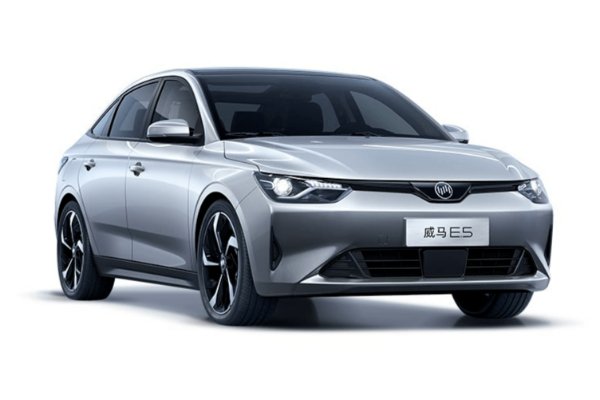
In frontal crash tests, the E5’s front-end deformation compromised the integrity of the safety cage, leading to a high risk of injury for the driver and passengers.
Similarly, in side-impact tests, the vehicle’s side panels failed to provide adequate protection, resulting in significant intrusion into the cabin.
One of the major concerns highlighted during the crash tests was the vehicle’s battery safety. The E5’s battery pack, located beneath the floor, showed vulnerability to damage during collisions.
This raised concerns about potential battery fires, which could pose serious risks to occupants and first responders.
Additionally, the E5 lacked advanced safety features such as autonomous emergency braking and lane-keeping assist, further diminishing its safety profile.
In response to these safety concerns, the manufacturer made efforts to improve the vehicle’s structural integrity and enhance its safety features in subsequent models.
However, the Weltmeister E5 from 2021 serves as a reminder of the importance of thorough safety evaluations and the need for continuous improvement in vehicle design.
10. Hozon Neta V (2020)
The Hozon Neta V, introduced in 2020, is a compact electric SUV designed for urban commuting and daily driving.
With its modern design, spacious interior, and advanced technologies, the Neta V aimed to provide an eco-friendly and practical solution for city dwellers.
The vehicle is powered by an electric motor that delivers a respectable range on a single charge, making it suitable for short trips and daily commuting.
However, the Neta V faced significant safety challenges during crash tests. In crash tests conducted by various safety organizations, the Hozon Neta V received poor ratings.
The vehicle’s structure showed significant weaknesses in protecting occupants during frontal and side-impact collisions.
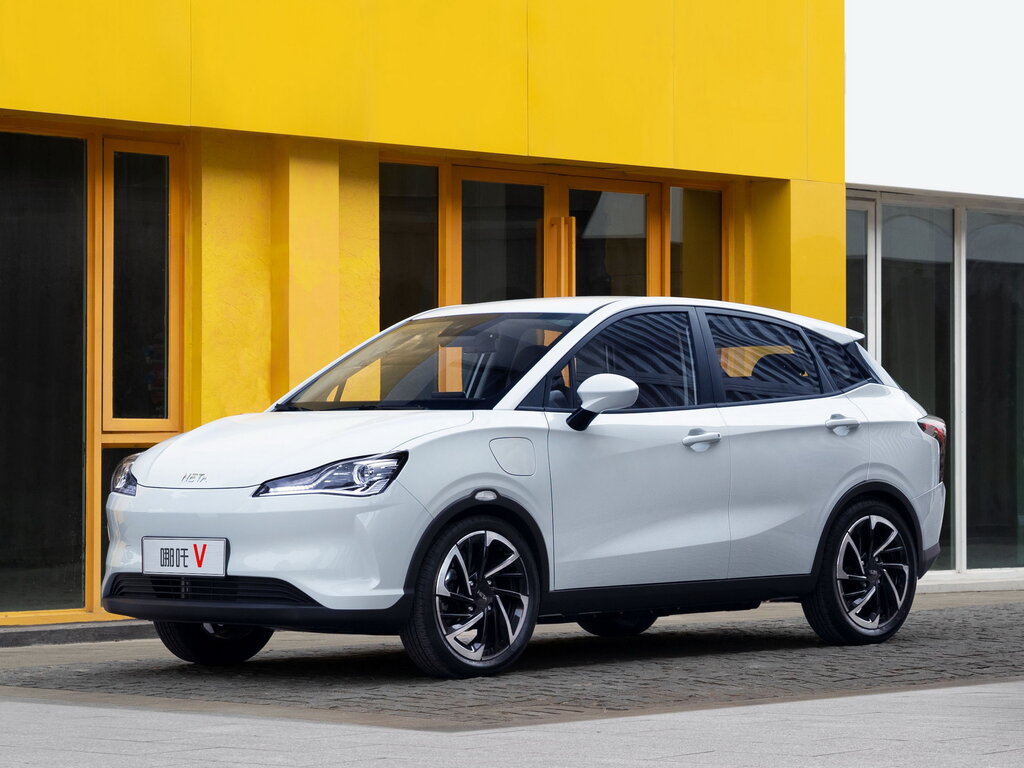
In frontal crash tests, the Neta V’s front-end deformation compromised the integrity of the safety cage, leading to a high risk of injury for the driver and passengers.
Similarly, in side-impact tests, the vehicle’s side panels failed to provide adequate protection, resulting in significant intrusion into the cabin.
One of the major concerns highlighted during the crash tests was the vehicle’s battery safety. The Neta V’s battery pack, located beneath the floor, showed vulnerability to damage during collisions.
This raised concerns about potential battery fires, which could pose serious risks to occupants and first responders.
Additionally, the Neta V lacked advanced safety features such as autonomous emergency braking and lane-keeping assist, further diminishing its safety profile.
In response to these safety concerns, the manufacturer made efforts to improve the vehicle’s structural integrity and enhance its safety features in subsequent models.
However, the Hozon Neta V from 2020 serves as a reminder of the importance of thorough safety evaluations and the need for continuous improvement in vehicle design.
Aslo Read: 10 American Cars That Are Collector’s Gold from the 1950s-1970s

